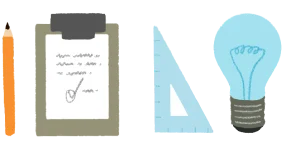Sign up for our UX Blog
Don't miss the latest! We'll notify you of each new post.

Emotional Design is an approach to design that focuses on creating products that evoke specific emotions and emotional responses from users. Based on Donald Norman's three levels of design (visceral, behavioral, and reflective), emotional design considers how users feel when interacting with a product, not just how they use it functionally.
Emotional design recognizes that user decisions are heavily influenced by emotions, and that creating positive emotional connections can lead to stronger user engagement, loyalty, and satisfaction. It involves designing for delight, trust, confidence, and other positive emotions while minimizing negative emotions like frustration, confusion, or anxiety.
Emotional Design is important because emotions play a crucial role in decision-making, memory formation, and user behavior. Products that create positive emotional experiences are more likely to be remembered, recommended, and used repeatedly. Emotional design can differentiate products in competitive markets and create stronger brand loyalty.
Research shows that emotionally engaged users are more forgiving of minor usability issues, more likely to complete tasks, and more willing to invest time in learning how to use a product. Emotional design also contributes to user well-being and can make technology feel more human and approachable.
To apply emotional design, understand your target audience's emotional needs and contexts, design for the three levels of emotional processing (visceral, behavioral, reflective), use appropriate visual elements like color, typography, and imagery to evoke desired emotions, and create meaningful micro-interactions and feedback that delight users.
Key strategies include using storytelling to create emotional connections, designing for moments of delight and surprise, providing clear and encouraging feedback, using human-centered language and tone, creating beautiful and aesthetically pleasing interfaces, and considering the emotional journey throughout the entire user experience.